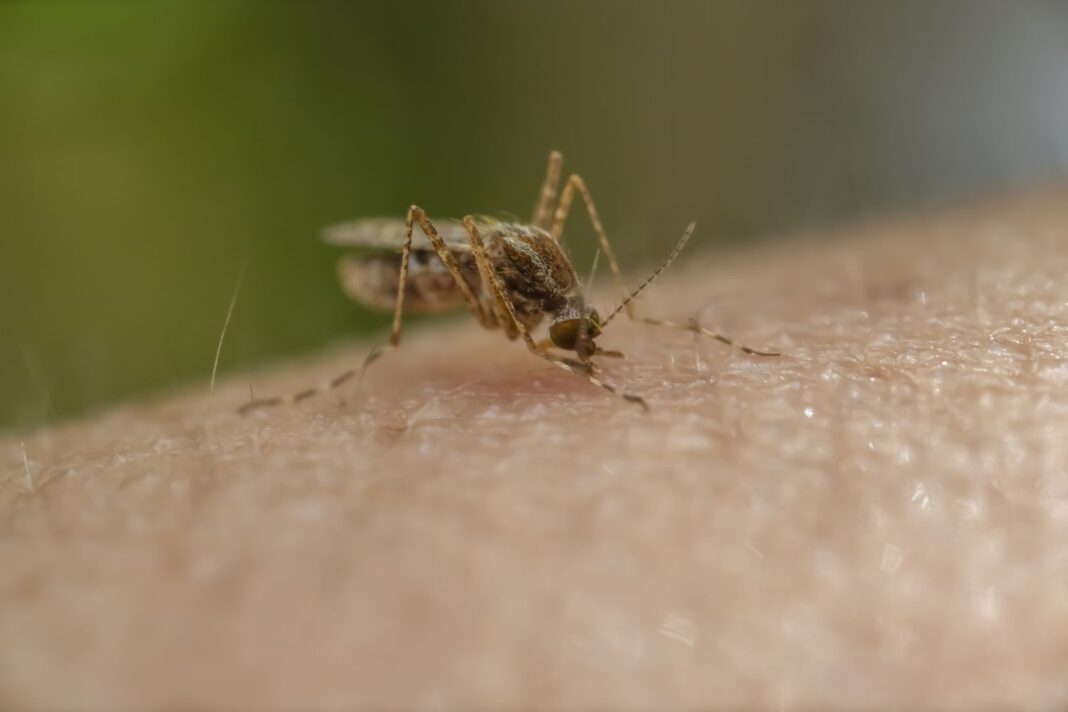Treating Bug Bites and Stings: A Guide to Relief and Prevention
Identify the Insect
Insects, spiders, and scorpions are capable of causing painful reactions and other symptoms. It’s helpful to know what did the biting or stinging and the risks involved:
- Mosquito bites can expose you to serious diseases like West Nile virus or Zika. Mosquitoes are usually found near standing water.
- Tick bites can expose you to Rocky Mountain spotted fever or Lyme disease. They are usually found in wooded areas.
- Lice, which cause itching and often affect children
- Flea bites often occur in clusters and can be picked up when around pets.
- Bedbugs give itchy red bumps that are usually in a pattern of two to three in a row and occur at night.
- Spider bites and, especially, scorpion stings can be more worrisome, even potentially deadly.
Ease the Pain
Once you’ve removed yourself from the source or setting of the bite, there are some basic steps you can take to ease the pain, itching, burning, or swelling from a bug bite or sting:
- If you’ve been stung, remove the stinger if it is still in your skin.
- Apply an ice pack or cold compress to the site of the sting. Alternate on and off to prevent tissue damage and don’t place the ice directly on the skin.
- For pain relief, try topical treatments like sting swabs, calamine lotion, hydrocortisone lotion, or lidocaine preparations. Acetaminophen and ibuprofen are good OTC options for pain.
- You may want to use an antihistamine such as Benadryl (diphenhydramine) if you have swelling.
Watch for Complications
The most serious concern is a bite that triggers an extreme reaction in a sensitive person, known as anaphylaxis. While the bite or sting itself may only leave one hole, the reaction can be severe and life-threatening.
When to Call 911
Insect bites can sometimes lead to a serious allergic reaction called anaphylaxis. Seek immediate medical attention for signs and symptoms that include:
- Swelling (other than the site of the sting, and especially at the airway)
- Shortness of breath
- Heart palpitations
- Chest pain
- Weakness
- Dizziness
- Hives, redness, and extreme itching
Additional Reading
- Mayo Clinic. Insect bites and stings: first aid.
- National Health Service. Bites and Stings.
- Centers for Disease Control and Prevention. Mosquito bites.
Author Bio
Rod Brouhard, EMT-P is an emergency medical technician paramedic (EMT-P), journalist, educator, and advocate for emergency medical service providers and patients.
Trust Ribbon
We appreciate your feedback! What is your feedback?
FAQs
- What are the most common bug bites and stings?
- Mosquito bites, tick bites, flea bites, bedbug bites, and spider bites.
- What are the symptoms of anaphylaxis?
- Swelling, shortness of breath, heart palpitations, chest pain, weakness, dizziness, hives, redness, and extreme itching.
- How can I treat a bug bite or sting at home?
- Apply an ice pack or cold compress, remove the stinger if still in the skin, and use topical treatments like sting swabs, calamine lotion, hydrocortisone lotion, or lidocaine preparations.





